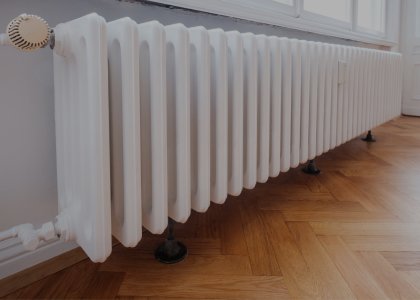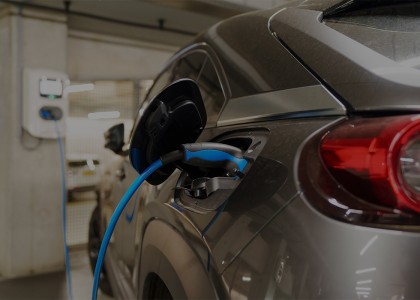More states are undertaking new approaches to utility planning that prioritize clean, distributed energy resources, but few are considering combined heat and power (CHP) for meeting the demands of the modern grid. In many ways, CHP provides exactly what they need.
ACEEE is doing some of the first research to evaluate CHP as a grid resource. We are looking at CHP’s role as an alternative to traditional utility investments and as a support for broader adoption of distributed energy resources. Why now? Policymakers and planners are seeking efficient, low-cost resources that are highly reliable and flexible enough to support more distributed grid resources.
Why CHP can deliver what systems planners need
CHP is more than just an energy-efficient method of generating electricity and thermal energy. It has the potential to deliver lower overall system costs, stronger critical infrastructure, and improved grid reliability. It can also yield significantly fewer emissions than conventional power plants and support state-level economic development.
The benefits can be even greater depending on where CHP is located and how it is deployed. Most people typically think of CHP as providing baseload capacity, generating electricity and thermal energy consistently throughout the day. In addition to providing an always-on source of power, modern CHP systems are capable of acting as a more flexible resource, offering key grid-supporting services needed to maintain operations and help balance distribution. States and utilities that carefully consider these attributes of CHP in their resource plans are likely to find it’s a useful solution that minimizes system costs and maximizes customer benefits.
What’s the problem?
So far, CHP’s benefits remain undervalued. This situation partly explains why we have not come close to realizing CHP’s potential for new deployment in the United States. For one, CHP has historically been at odds with the electric utility’s business model, because customers buy less electricity after it’s installed. Plus, most existing policies and utility regulations are not designed to allow utilities to monetize all of CHP’s value streams, such as increased reliability and reduced emissions. But the electricity industry is changing, and utilities and policymakers are beginning to broaden their view on how to meet future energy needs.
New research exploring CHP as a grid resource
Prior ACEEE research has documented the value CHP could bring to electric utilities if policies and regulations encouraged utility investments. This year, ACEEE is undertaking a new research project to explore how policymakers and system planners can better integrate CHP as a resource into future system planning. We’re exploring how utilities can have a stake in financing, building, and operating CHP themselves, using it to support greater integration of distributed energy resources in their service territories. Our goal is to highlight a vision for how to incorporate CHP into integrated resource planning or other long-term strategies, and to demonstrate CHP’s capabilities for meeting modern grid needs through real-world examples.
When I imagine the future grid, I see CHP systems meeting onsite energy needs at universities, hospitals, multifamily buildings, and industrial facilities. I envision them replacing and upgrading old grid infrastructure, minimizing big investments in central power plants, and supporting more distributed energy resources that provide clean power.
What do you see? We’re interested in hearing from you and welcome your input by email or in person at ACEEE’s Industrial Summer Study, where we’ll discuss this topic and present early research findings. We invite you to join the conversation.




